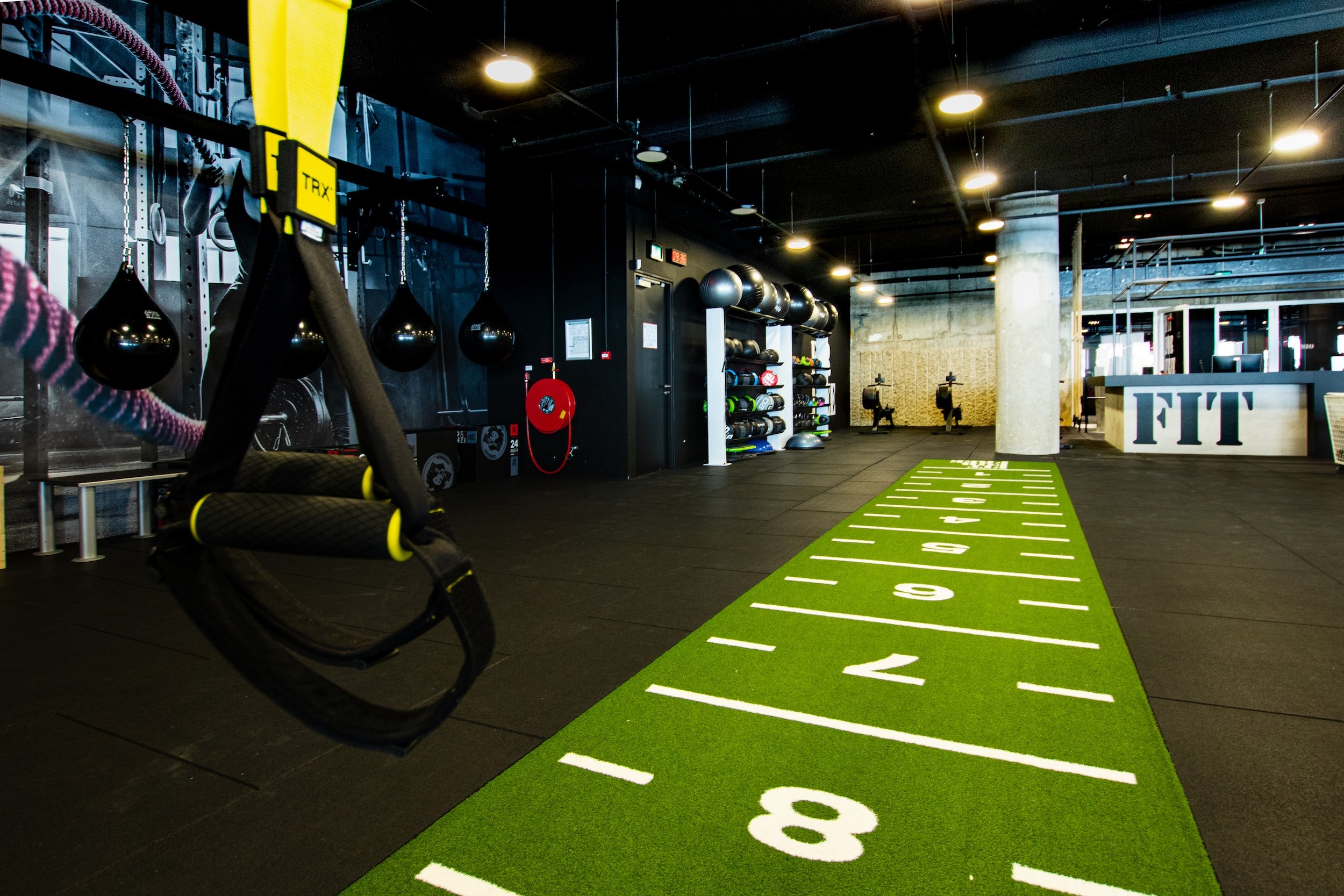Five Ways Fitness Professionals Contribute to Gymtimidation
By: Christin Everson, MS
It's not a new idea that gyms and fitness spaces are not always a safe or welcoming place for everyone, specifically for someone new to exercise or returning to exercise. These participants may have feelings of fear, discomfort, judgment, shame, or just a general feeling of not belonging in fitness spaces.
When trying to help people get past those feelings of fear, coined Gymtimidation, the industry regularly takes the approach of helping the exerciser learn how to overcome it- rather than looking critically at the fitness experiences we are creating. And while some of those feelings are unique to the individual and need to be addressed by them directly, the overall impressions and feelings they experience in fitness settings ultimately start with us. We need to take responsibility for the environments we create and make them safer rather than asking the exercisers to push through the fear.
Here are five ways that we contribute to gymtimindation:
1. We’re Too Comfortable
It’s a fact: we can no longer experience these spaces as a new exerciser does. We’re too comfortable. We know where everything is, how it works and what’s required. We’re comfortable moving our bodies in these spaces. We know the staff and participants—the policies, etiquette, and expectations. We simply cannot experience spaces like a new exerciser would, which makes it significantly harder to accommodate the needs of this population. We must dedicate intentional effort to understanding how a new exerciser experiences fitness settings and what we can do to make it easier.
Try this: purchase a day pass at a gym you’ve never attended. Go in with no expectations of what you’ll experience. Let them treat you like a new participant who doesn’t have any knowledge about exercise. What do you feel? What do you notice? What questions do you still have about how to operate in their space? Trying to think and feel like someone new to exercise will give you a better idea of how you can support them.
2. We Hold the Power
We are the experts. The trainers, instructors, coaches, managers, and owners in these spaces. Many of us (myself included) have used the phrase, “I basically live here.” We have ownership and power over these spaces. With or without intention, we set the expectations for what’s acceptable, what’s appropriate, what’s allowed, and what’s not. Our actions or inactions make the people around us operate and/or feel a specific way.
Our level of comfort combined with our power may create spaces that do not enhance belonging for new exercisers. They do not make gym spaces feel like a place of learning or experimentation- but rather a place of expert performance, unsafe for the novice. To make changes to the environments we create for others, we must first acknowledge the power we hold in those environments. Without recognition of it, we create spaces that are more likely to serve our needs and not the needs of the new exerciser.
3. We Focus on Experienced Exercisers
We end up focusing on the participants we’re currently serving. The ones with high self-efficacy, knowledge of exercise, and comfort in gym settings. Of course, that’s vital for retention, but if we want to grow, we must create spaces, services, and programs that support the new exerciser. A new participant wants to learn, but more than that, they want to feel like they belong. An intro course or session is a great start, but go beyond the education and consider how you can create more care for them in all the steps, from marketing to attending their first session.
4. We Don’t Anticipate the Needs of New Exercisers
Since we can no longer experience fitness spaces the same as a new exerciser would, we likely communicate only the necessary information to them rather than being thorough. We don’t spend enough time anticipating the needs that make them feel genuinely prepared and taken care of. We expect them to figure it out as they go, which places the burden of feeling successful onto participants with low self-efficacy. We need to anticipate the needs of those who have never entered our space before, proactively preparing solutions to the questions, concerns, and needs they may have.
5. We Don’t Think Critically About how to Support New Exercisers
We have the best intentions to make everyone feel welcome! But saying “everyone is welcome here” does not actually make everyone feel like they belong. We must do more than use phrases; those values need to be practiced with intention and evident in our operations. We need to think critically about programs, services, communication, marketing, and the overall operation to serve those who need it the most. The client experience is the summation of the details. It’s in the language you use on your website, the email notification, how they are greeted when they enter your space, etc. Take a critical look at how you interact and communicate with new exercisers to make a meaningful difference in their level of comfort.
If we want new exercises to feel less intimidated in fitness spaces, then we need to be intentional about creating experiences that make them feel safe and not just ask the participant to overcome their fear.

